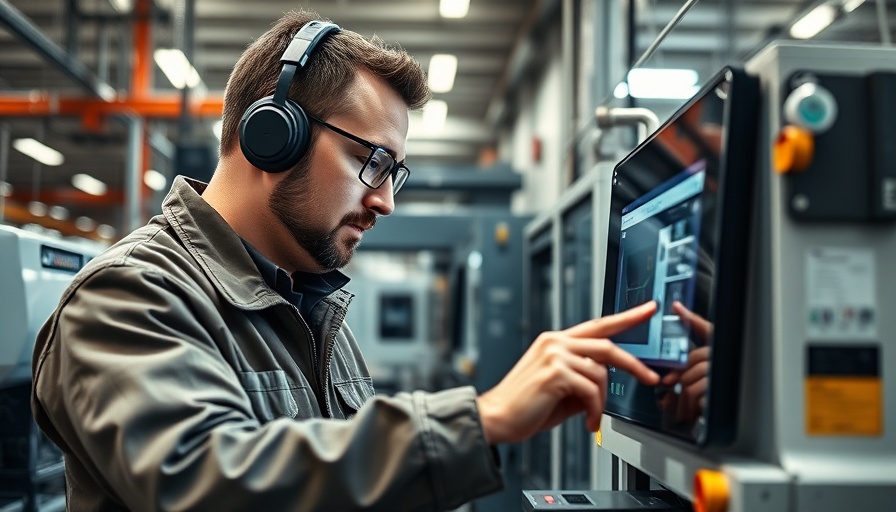
Understanding the Power of AI in Remanufacturing
Artificial Intelligence (AI) is rapidly transforming industries, and remanufacturing is no exception. As companies scramble to adapt to supply chain challenges, AI presents a unique opportunity to re-energize their operations. From predicting when components will return to how many parts can be efficiently remanufactured, AI can fine-tune processes to maximize efficiency and profit margins.
How AI Helps Solve Key Challenges
One of the biggest hurdles for remanufacturers is forecasting. This task involves anticipating the volume and quality of returned products—referred to as cores. Traditional forecasting methods can be inefficient and often miss the mark. Thanks to AI, businesses can now leverage data analytics to create more accurate predictions. With cloud storage becoming more affordable, even small to medium-sized businesses can adopt AI tools to improve their forecasting capabilities.
The Role of AI Technologies in Remanufacturing
AI isn’t just a single technology; it comprises different branches that serve various applications:
Analytical AI: This can help optimize engineering design, making manufacturing processes smoother and more efficient.
Machine Learning: Algorithms learn from past data to improve their performance over time, contributing to defect detection in the manufacturing process.
Deep Learning: A more advanced subset that can identify complex patterns in data, useful in quality assurance processes.
Generative AI: This innovative technology can assist in drafting documents and enhancing software development, showcasing its versatility across functions.
Practical Applications of AI in Real-World Scenarios
Industry leaders are already implementing AI technologies to streamline their operations. For example, heavy-duty equipment remanufacturers are using predictive analytics to anticipate the needs for parts, reducing waste and maximizing efficiency. Similarly, the high-tech assembly sector is employing machine learning algorithms to enhance site operations.
The Exciting Future of Remanufacturing with AI
As technology continues to advance, the future of remanufacturing looks bright. Companies that embrace AI not only stand to improve operational efficiency but also to position themselves as industry leaders. Those with an early adoption strategy are likely paving the way for a competitive edge in their markets.
Your Next Steps in Embracing AI
It's essential for businesses to consider how they can integrate AI into their operations. Start by analyzing current processes to identify pain points. From there, explore AI tools that can address these challenges, and consider training your team to harness this technology effectively.
In conclusion, AI is not just a fancy buzzword; it represents a significant opportunity for the remanufacturing sector to evolve and thrive. By understanding its capabilities and implications, companies can set a course towards a more sustainable and profitable future.
 Add Row
Add Row  Add
Add 




Write A Comment